Criterion Blu-ray review: Richard Brooks’ In Cold Blood (1967)
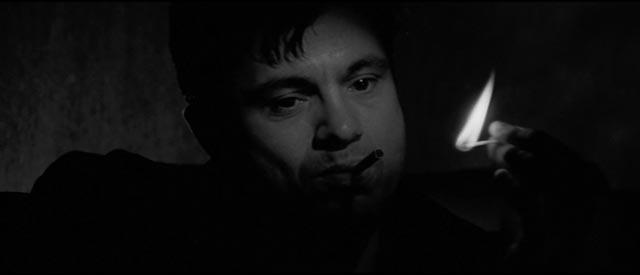
Whether or not Truman Capote created a new literary genre in 1966 with the publication of In Cold Blood, the book was an undeniable popular and critical success. Calling it a “non-fiction novel”, Capote claimed to be the first to apply novelistic techniques to a journalistic work – his account of a brutal and senseless murder and its aftermath. In 1959, in the small town of Holcomb, Kansas, two petty ex-cons, Dick Hicock and Perry Smith, slaughtered the Clutter family at their farm – father Herbert, mother Bonnie, and teenagers Nancy and Kenyon. Ostensibly breaking in to steal what was reputed to be a large stash of cash in the house, Smith and Hicock found only $43 and in a frenzy killed everyone.
Capote travelled to Kansas with his friend Harper Lee in the days immediately following the crime and began what eventually became five years of research and an evolving relationship with the two killers, who were arrested in Las Vegas just six weeks after committing the murders. Tried and convicted, Smith and Hicock spent five years on death row before being hanged in 1965.
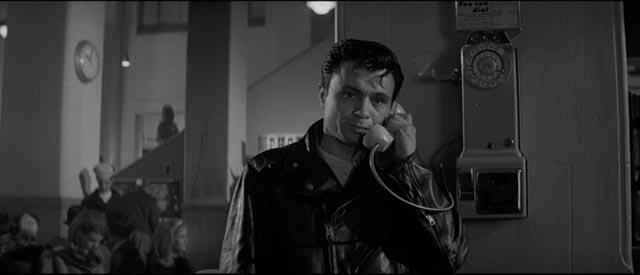
These two men, unlike so many who have followed in their “true crime” wake, were not serial killers. In all likelihood, neither alone would have committed such a crime – the killings were rather the result of some peculiar chemical reaction produced by their connection with one another. The story is one fraught with chance, the fate of the Clutters completely arbitrary.
While it eventually became clear that, despite his claims of absolute fidelity to the facts, Capote had embellished the narrative with his fictional techniques, the story has a chilling verisimilitude, creating a multiple portrait of the Clutters, their killers, and the community in which the crime occurred. When writer-director Richard Brooks set out to adapt the novel in 1967, he too was concerned with authenticity. A journalist before he became a filmmaker, Brooks approached the project with a serious rather than sensational intent.
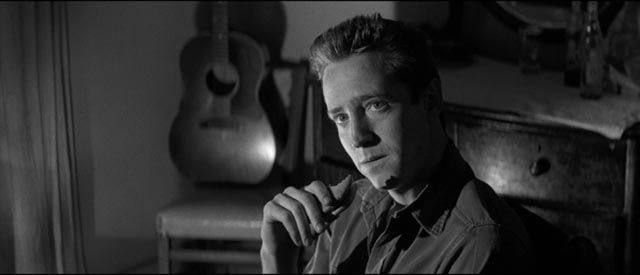
He insisted on shooting on the actual locations – including the Clutter house itself, actual stores and gas stations where Smith and Hicock passed bad cheques – and even cast real people to play themselves. He also insisted, against studio pressure, on shooting in black-and-white, almost unheard of by 1967, not least because television networks refused to show films not shot in colour. This choice, however, served the film well. Black-and-white virtually guaranteed the impression of documentary truth, while it also allowed for echoes of film noir with its characteristic air of fate, tortured psychology and moral ambiguity.
However, despite these efforts at truth-telling, the necessity to simplify Capote’s complex narrative structure with its shifts in time and among multiple characters, almost inevitably shifted the film’s emphasis to the pair of killers. The Clutter family is sketched in, but not given their full due as individuals independent of their violent end. As is so often the case, interest lies with the bad guys rather than with their victims.
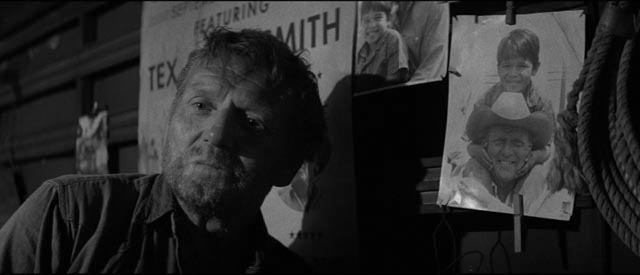
And it’s as a portrait of criminal pathology that Brooks’ In Cold Blood is most interesting. Again resisting studio pressure, the director cast relative unknowns in the leads. Robert Blake actually had a career going back to 1939 which included dozens of Our Gang shorts and numerous supporting parts in television shows, but Perry Smith was his first lead role in a movie. Scott Wilson, as Dick Hicock, was appearing in only his second film, just months after his debut in a supporting role in In the Heat of the Night. Although the studio had suggested Paul Newman and Steve McQueen for the roles, Brooks’ pursuit of authenticity was rewarded not simply in the pair’s physical resemblance to the killers, but also in their richly detailed performances.
Wilson’s Hicock is a chilling sociopath with absolutely no empathy for his victims, going into the crime fully intending to “leave no witnesses”. Blake’s Smith, who we get to know in more depth, is a tortured guy damaged by a traumatic family background and tormented by painful injuries to his leg from a motorcycle accident. Insecure and fearful, Smith becomes dependent on Hicock even as he distrusts the robbery plan. Yet when things go wrong, it’s Smith who erupts in an outburst of deadly violence.
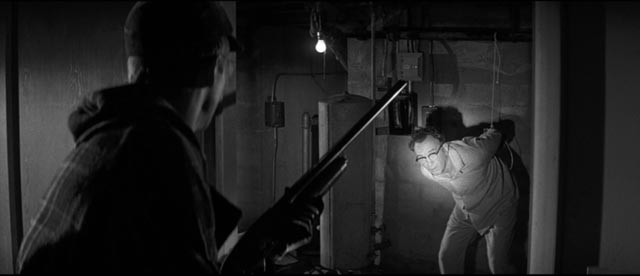
In keeping with the rules of a genre it helped to create, In Cold Blood first establishes its various characters, then abruptly elides the crime itself, jumping to the aftermath and parallel narratives which follow Smith and Hicock’s attempts to escape to Mexico and the police investigation which gradually closes in on them. It’s only after capture and the fragmenting of the now troubled bond between the killers that the film circles back and shows what happened on the fateful night. This, of course, means that the killings are presented entirely from the killers’ point of view, relegating the Clutter family to little more than objects in the pair’s story.
The killings thus become an expression of Perry Smith’s own torment, paving the way for the shift in the final act to full-blown sympathy for Smith as a victim of his own fate, and Brooks’ final aim in the telling the story: to express the senselessness of capital punishment. Here the documentary impulse takes over, with the trial and prison years presented through the observations of Truman Capote stand-in Jensen (Paul Stewart), a reporter covering the case and finally witnessing the executions. Smith’s final monologue about his wasted life is heartbreaking and the calm, matter-of-fact depiction of his hanging with which the film ends (cutting immediately to the title In Cold Blood with its implication of murder by the state) is emotionally devastating.
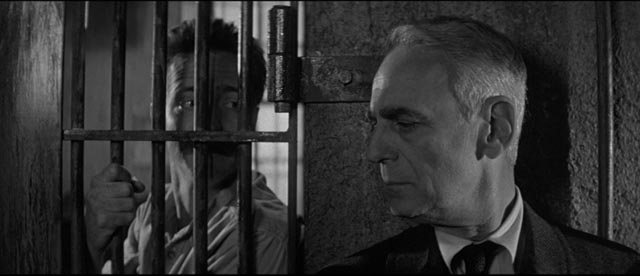
And yet one can’t help but feel that this power is attained by means of suppressing to a degree the horror of the Clutters’ deaths. Unlike a 400-page book, a two-hour movie only has so much room to manoeuvre and Brooks, in his adaptation, had to make a choice about where audience sympathy could be focused. His anti-death-penalty aim required getting closer to the killers than to their victims, but within that limitation he created an enormously powerful film.
In this, he was aided greatly not only by an exceptional cast – the film is impeccably performed down to the smallest bit part – but more importantly by cinematographer Conrad Hall, whose work here is among his finest. The opening section of the film, a fast-cut stream of evocative high-contrast images, establishes an intensely noir-ish tone worthy of the great John Alton, while the mid-section becomes a road trip through bleak, existential landscapes where the characters’ tortured souls are laid bare. Finally, with the trial and prison sequences, In Cold Blood takes on a more detached documentary tone, within which Smith’s final confession (with those famous rain-streaked windows casting tearful shadows on his face) brings to the surface the entire history of the character and how he arrived at this grim ending.
The disk
Criterion’s 4K scan from the original 2.35:1 camera negative is superb, with deep blacks and rich contrast. Conrad Hall’s intricate use of light and shadow is a strong reminder of just how expressive black-and-white can be. The soundtrack is equally impressive, making excellent use of silences and well-chosen effects, as well as highlighting Quincy Jones’ unconventional score.
The supplements
In addition to the very strong presentation of the feature, Criterion’s Blu-ray edition of In Cold Blood contains an impressive set of extras running to almost two-and-a-half hours.
Brooks’ biographer Douglass K. Daniel provides an overview of the writer-director’s career and the position of this particular film within it (16:59).
Cinematographer John Bailey offers an analysis of Conrad Hall’s photography, mentioning the influence of montage artist Slavko Vorkapich and the emphasis on emotional and psychological effects in the lighting (27:04). Critic Gary Giddins provides a comparable analysis of Jones’ music (although he misidentifies Jeff Corey as Charles Drake as Criterion’s editor cuts to a clear shot of Corey from the film) (21:09). Historian Bobbie O’Steen analyzes the editing of Peter Zinner, highlighting the conflation of style and content in the film, with an emphasis on indirection and suggestion and striking transitional effects (14:35). Together, these three interviews do a fine job of illuminating just how stylistically innovative the film was for its time.
In an episode of the French television show Cinema Cinemas from 1988, Richard Brooks talks about the approach he took with the film, particularly his emphasis on shooting on the story’s actual locations, using people who were participants to play themselves (18:24).
Finally, there are three pieces devoted to author Capote: a brief segment from the Today Show in 1966 in which he revisits Holcomb after the publication of his book (4:31); an interview with Barbara Walters from the Today Show in 1967, in which he talks about his concept of the “non-fiction novel” and the impact Kansas had on him as a writer (9:46); and With Love From Truman, a documentary by the Maysles Brothers following the author as he’s interviewed by a magazine writer in 1966, again offering an explanation of the “non-fiction novel” and describing his personal engagement with the case and the two killers (29:06).
The trailer emphasizes the making of the film and Brooks’ intention to give the project as much documentary verisimilitude as possible (2:56).
The booklet contains an excellent essay by Chris Fujiwara which delineates the differences between Capote’s and Brooks’ approaches to the story, finding in the latter a far bleaker view of mid-Century America.
Comments